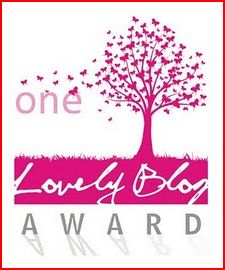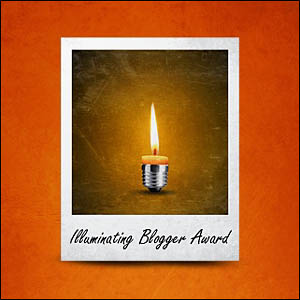I’m just going to come right out and say it: I’m convinced I have mild O.C.D. It usually centers around the door to my house or my car being locked, or even the oven being left on, but occasionally certain organizational things will kick it into gear.
So what on earth does my O.C.D. have to do with chapter length?
Perhaps it’s my little obsession, but chapter length fascinates me. It’s more prevalent when I’m acting as a reader as opposed to a writer, but chapter length is something I’ve thought about more often than I should probably admit. Still, I wonder if others have the same question on the topic as I do…while there is no official “perfect” chapter length, is there a perfect chapter length for each individual reader?
Scene breaks tend to come naturally to us as writers, each segment carrying the action forward until a pause between high points is used to pace the story’s momentum. In much the same way, we use chapters to break our tale. They are a transitional tool carrying the story from one incident to the next, and ideally, they end with at least a small cliffhanger that drives readers to turn the page. Sometimes a chapter will run longer than others, and for some writers, the chapter breaks occur at surprisingly regulated intervals. In reality, the lengths are completely arbitrary.
Let me assure you—when I write, I do not count out each chapter’s pages and launch a tantrum if I’ve missed the mark, nor do I keep count and call “Chapter break!” when I’ve hit the requisite number of pages. Both scenarios would be ludicrous. But when I finished Kyresa, I did spend some time counting pages in each section and chapter, seeing if in changing the story’s order a tad I could also balance out the chapter lengths. Surprisingly, in most cases my chapter fascination and story flow worked in a fairly collaborative manner. (Math brain meets English brain moment? One will never know…)
I’ve learned I’m more particular about chapter lengths as a reader. Long chapters frustrate me. I have only small windows of time to read, and while I can put a book down at a scene break, I’d rather pause at a more dramatic and memorable intermission. Shorter chapters are fantastic because I can read one, check the clock, and get that rush of staying up too late in order to read just one more!
Will I throw a book down because of chapter length? No. I’m not that OCD. But it’s definitely something ticking away in the back of my mind. Short chapters with similar lengths and natural breaks seem to lend to my enjoyment of a book (the icing on the cake of plot and writing, of course).
So what about you—do you have an opinion on this? For those of you who write, do you try to find balanced page lengths in your chapters, or does it come naturally? Or do you not even think about it?
What about on the reader side of things—do you have a preference?
Please share your thoughts below. I’d love to know!
I’ve included some links on chapter length and transitions below. Be sure to check them out, and don’t forget to send your Third Thursday Flash idea submissions in by 8 p.m. PST tonight!
In the meantime, happy reading and writing, everyone! 🙂
Other Articles Related to Chapter Breaks:
How to End a Chapter, via The Editor’s Blog
Chapter and Novel Lengths, via All Write — Fiction Advice
Chapter Length, via Wen Spencer on Goodreads












